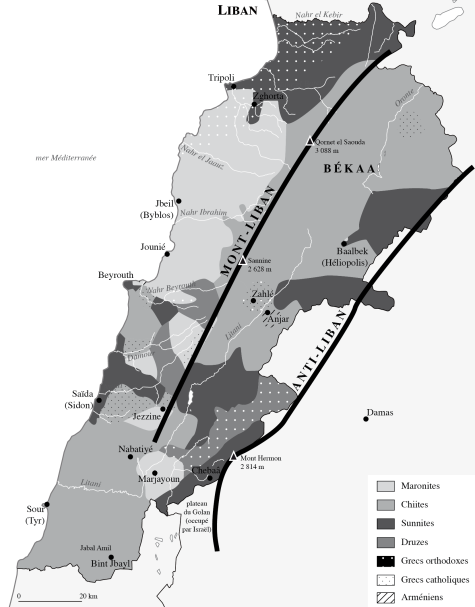Violence in contemporary Lebanon
Because it brings together in unprecedented proportions citizens of eighteen religious denominations, , Lebanon is a melting pot of this past. The influence of changes in thinking and institutions (religious or not) in the west of the Mediterranean was felt in the sixteenth century, reinforced in the nineteenth century, and took on a new vigour during the French mandate (1920-1943/46). After independence, one part of Lebanon claimed this history while another wanted to become more rooted in the society of the Arab world with its Muslim majority. The sectarian tensions were overcome in a more peaceful manner until the mid1970's, but they did not disappear and were, in certain cases, reinforced by social and political issues.

The wars that tore Lebanese society apart between 1975 and 1990 were a response to issues which were geopolitical (international and regional), economic (the haves versus the have nots), ideological (left against right), social (elites against parvenus) and religious (partisans of a secular regime against those of a religious regime, themselves divided). After fifteen years of sometimes very conflict, where members of the same family were sometimes fighting each other, the general rules had not been changed, only been rebalanced to take account of the Muslims' demographic superiority over the Christians.






